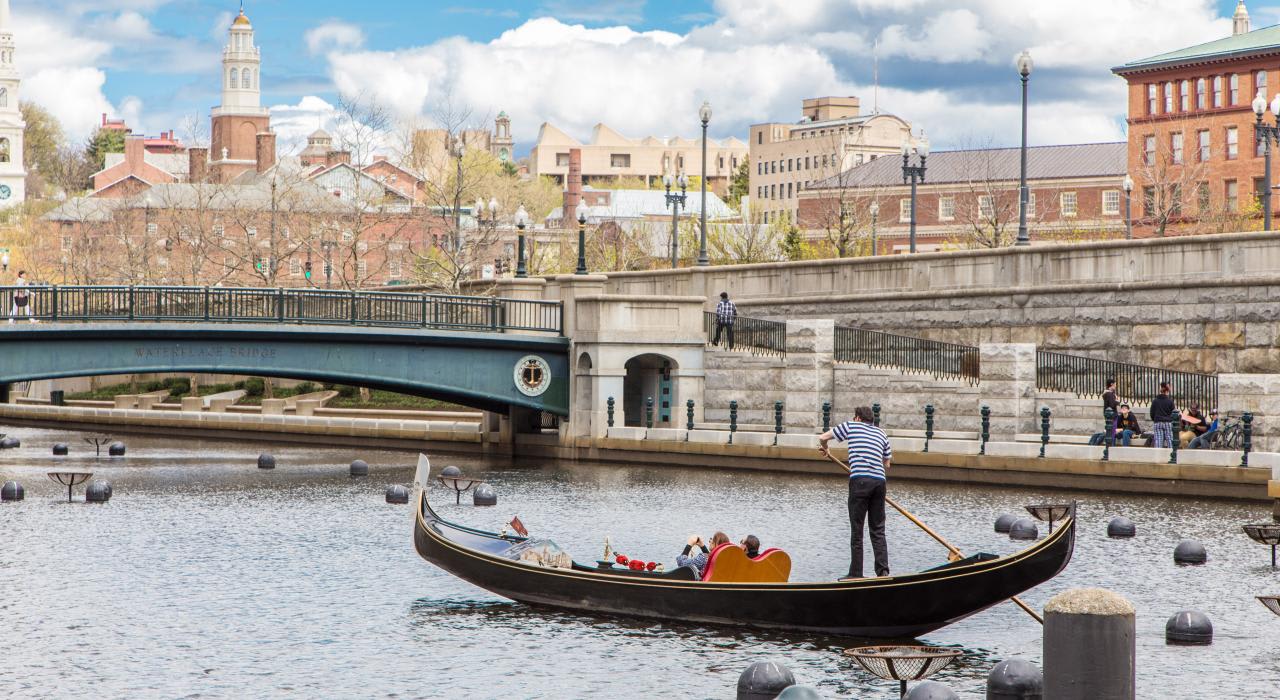

Best Cities to Live in the Northeast (2025 Guide)
The Northeast packs a lot into a small footprint. You can move a few miles and feel like you’ve changed worlds, from Manhattan streets to small towns on the Maine coast. The region is home to some of the country’s best universities, hospitals, and cultural institutions, along with housing markets that range from the out-of-control to the surprisingly reasonable.
If you want walkable neighborhoods and a sense of place that’s been built over centuries, the Northeast is a region that still rewards roots.
Living in the Northeast
Life moves fast in the cities here and slows down quickly once you leave them. Winters can stretch long, but the change of seasons gives the year structure, maple syrup in March, beach towns in July, and apples and the most stunning leaf changes in the country in October. The region is strong in education (tons of colleges), healthcare, and finance, but small manufacturing and tech startups keep the mix interesting.
People here tend to care about where they live, town meetings still matter, and pride in local schools runs deep.
Top Cities in the Northeast
New York, NY
New York is a world unto itself. The skyline and subway define the pace, but every borough feels different: Brooklyn’s small-business energy, Queens’ global mix, and the Bronx’s creative scene. It’s expensive and intense, but also endlessly possible.
Why It Works: If you want scale, diversity, and career opportunity, there’s nowhere like it. Try making it work if you can.
Boston, MA
Boston mixes old and new more naturally than most cities. Colonial streets lead to biotech labs; brownstones sit next to campuses. It’s compact and walkable, with distinct neighborhoods that still feel local.
Why It Works: You get a big-city economy and small-town scale in the same place
Philadelphia, PA
Philadelphia is a city that wears its history and edge at the same time. The food scene is huge, housing stays affordable by East Coast standards, and neighborhoods keep strong identities.
Why It Works: You can live near major metros without paying their prices — and still get real culture and grit.
Providence, RI
Providence punches above its weight. The city’s design schools fuel creativity, the restaurant scene is serious, and historic homes are being restored instead of replaced.
Why It Works: A small city with energy, art, and community that feels home-grown.
Burlington, VT
Burlington sits on Lake Champlain with the Green Mountains behind it. It’s compact, outdoorsy, and easygoing, with a downtown that stays busy in all seasons.
Why It Works: Access to nature without isolation — the kind of small city that feels complete on its own.
Portland, ME
Portland has grown from a working port into one of New England’s most livable small cities. The Old Port’s brick warehouses now hold restaurants and breweries, but the city still feels real and coastal.
Why It Works: A balance of local pride, sea air, and affordability compared to Boston.
New Haven, CT
New Haven blends Yale’s academic influence with strong local identity. You’ll find cutting-edge research next to pizza places that haven’t changed in decades.
Why It Works: A walkable downtown and growing biotech scene make it one of Connecticut’s few cities with momentum.
Albany, NY
Albany is the capital city that feels more like a large town. State jobs anchor the economy, and the Hudson Valley adds new wineries, farms, and small businesses each year.
Why It Works: Affordable living close to both the Adirondacks and New York City.
Hartford, CT
Hartford is rebuilding its core with housing and arts venues while keeping its role as the state’s business center. The insurance industry still leads, but tech and education are growing.
Why It Works: Central location, steady jobs, and a lower cost of living than nearby metros.
Manchester, NH
Manchester offers a mix of affordability and accessibility. It’s close to Boston but far less crowded, with a downtown built around old mill buildings that now house apartments and startups.
Why It Works: One of the few places in New England where you can still buy space and stay close to major jobs.
Why People Move to the Northeast
Most people come for the access to jobs, culture, education, and health care, and stay for the texture of daily life. The cost of living can be steep, but the payoff is a region with character and depth. Whether you want a brownstone, a coastal cottage, or a small-town main street, the Northeast has it within a few hours’ drive.
FAQ About Living in the Northeast
Q: What makes the Northeast different from other regions?
A: History and density. Towns are older, distances are shorter, and the mix of people and institutions is deeper. You feel connected — to the past and to what’s next.
Q: Is the Northeast too expensive to move to?
A: Major metros like New York and Boston are pricey, but smaller cities such as Providence, Albany, and Manchester offer far lower costs with easy access to the bigger hubs.
Q: How bad are the winters?
A: They’re real — snow, ice, and short days. But cities here are built for it, and winter culture runs strong with sports, festivals, and cozy indoor life.
Q: What kinds of jobs are growing in the Northeast?
A: Education, healthcare, finance, and biotech remain strong. Tech and remote work are expanding in smaller cities like Providence and Burlington.
Q: Who tends to move here?
A: Professionals who want access to culture and careers, families seeking good schools, and anyone drawn to the mix of history and modern living.
Find Your City in the Northeast
Take the LookyLOO Quiz
to see which Northeast city fits your life best, or create your MoveBook
to save and compare your top picks.